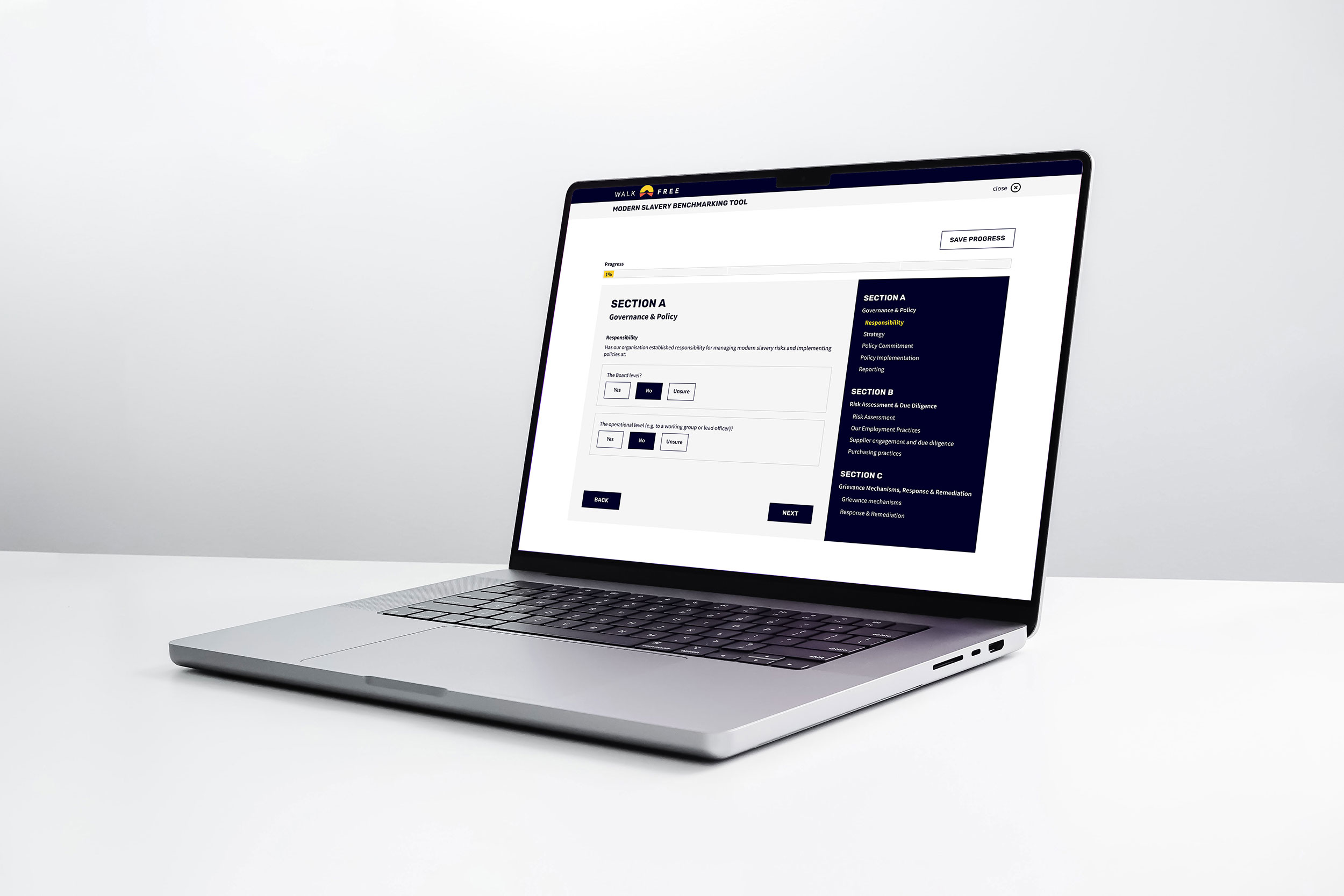Non-profits have long been champions of justice, equity and dignity. Strengthening supply chains is a powerful way to live those values in practice.
by Serena Grant
Under the Commonwealth Modern Slavery Act (2018), more than 120 Australian charities are required to report on their efforts to assess and address modern slavery risks.
Many others, while not legally obligated, are increasingly being asked by funders, partners and larger reporting entities to demonstrate responsible sourcing and ethical operations.
This presents a significant opportunity for the sector to lead on human rights. Large not-for-profit organisations must report under the Act, and smaller ones can choose to report voluntarily, positioning the sector to model accountability and care for vulnerable communities.
For organisations committed to protecting human dignity, this is more than just a compliance issue.
Modern slavery generates an estimated US$236 billion in illicit profits each year.
It affects every region in the world including Australia, where 41,000 people are estimated to be living in conditions of modern slavery.
The risk doesn’t stop at borders.
It’s embedded in many of the supply chains that non-profits rely on every day: uniforms, electronics, cleaning services, construction materials, and more.
Addressing this risk requires more than good intentions – it requires systems, awareness, and action.

Tools for action
Walk Free has developed a suite of free tools to help organisations of all sizes assess risks, improve systems, and take action:
- The Global Slavery Index provides leading research to help organisations grasp the scale of the issue and its various forms.
- The Modern Slavery Benchmarking Tool provides a quick, anonymous self-assessment and practical recommendations to strengthen your organisation’s practices.
- The Response and Remedy Framework offers guidance on how to respond if exploitation is identified, with a focus on protecting workers and ensuring access to remedy.
- The Supplier and Partner Training Module can be adopted or adapted to build understanding and awareness across your network, helping others play their part in prevention and response.
These tools are built for impact, not perfection, and will help organisations take the next step, wherever they are starting from.
By embedding due diligence into policies, engaging suppliers, and taking active steps to reduce risk, the sector can help break the cycle of exploitation at home and abroad.
Start by asking: